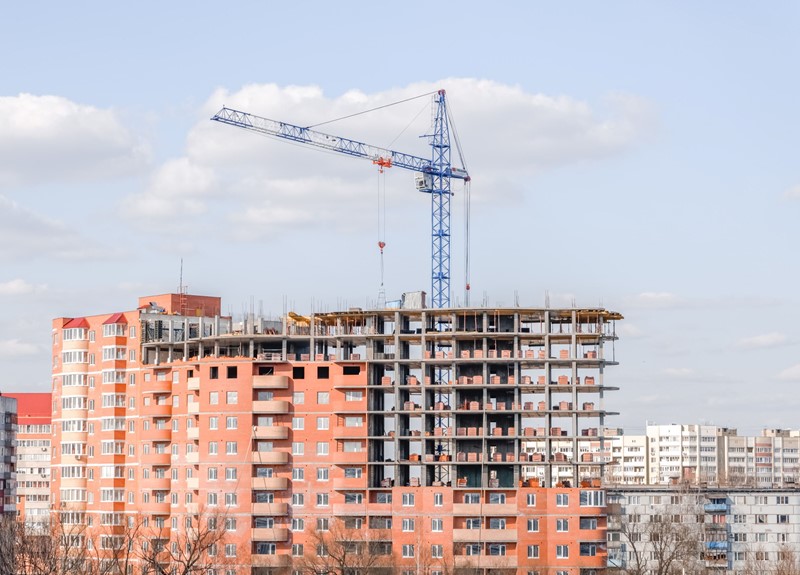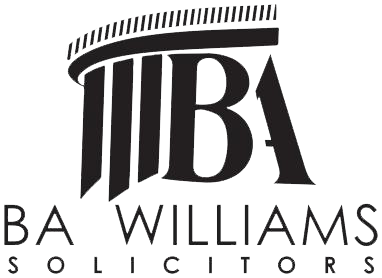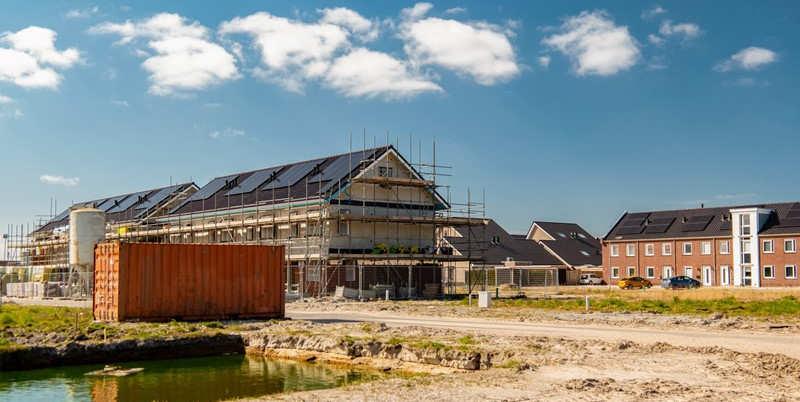
Unsafe cladding is a matter of facts
The Upper Tribunal (UT) confirmed that lessees are not liable for service charges related to proposed works on the façade under the provisions of the Building Safety Act (BSA) 2022.
Facts:
This is an appeal against a First-tier Tribunal (FTT) decision concerning the BSA 2022. Centre Point House (CPH) was constructed between 1963 and 1966 as a commercial property and was later converted into 36 residential duplex flats in the late 1980s. The building has a distinctive façade made of hardwood timber-framed and spandrel glazing. This system is described as "unusual," with dominant horizontal structural elements. A design flaw enables water ingress, which becomes trapped and causes "interstitial condensation," leading to the degradation and rot of the timber frames.
The core issue is whether the freeholder of CPH, Almacantar, can charge lessees for a proposed scheme to remediate the defective façade under Section 27A(3) of the Landlord and Tenant Act (LTA) 1985. The FTT had ruled that, due to the "leaseholder protections" in the BSA, specifically Paragraph 8 of Schedule 8, the lessees were not required to pay because the façade constituted "unsafe cladding". Almacantar appealed the FTT's decision.
Decision:
The UT upheld the original decision of the FTT, confirming that the lessees of CPH are not liable to pay service charges for the proposed façade remediation works. The UT, however, rejected Almacantar's argument that Paragraph 8 must be limited to "relevant defects" (those occurring within a 30-year timeframe). The Judge concluded that the words of Paragraph 8 are "clear and unambiguous". Moreover, the broad interpretation aligns with the stated purpose of the BSA to provide radical protection for leaseholders, especially regarding cladding. It also supports the ministerial statement that "no leaseholder living in their own flat would pay a penny to fix dangerous cladding”.
The UT upheld the FTT's findings of fact and its interpretation of the terms ‘cladding’ and ‘unsafe’, notably that the term "unsafe" was not solely limited to fire risk. The UT agreed with the FTT’s ruling that it should be given its "ordinary and natural meaning," which includes the risk of physical degradation and falling components that could harm either residents or the public.
The UT affirmed the FTT's conclusion that the CPH façade constituted a "cladding system". This was considered a finding of fact based on expert evidence and a site visit, one which was not open to challenge. They rejected the argument that cladding must be a separate system or a "coating" and not part of the external wall itself.
Implications:
This case will impact freeholders, landlords, and tenants by making it very clear that tenants of qualifying leases will not be liable to pay for the costs of remediating unsafe cladding. Moreover, the decision establishes that the protections for lessees from the costs of "cladding remediation" are not limited to the 30-year "relevant period" for "relevant defects" defined elsewhere in the Act. Lessees can be protected from the cost of remediating unsafe cladding, regardless of when the building was constructed. This expands the scope of the BSA beyond the "historical defects" framework that governs other provisions.
The case confirms that the definition of "cladding" is a matter of fact rather than a strict legal definition. It extends the concept of "cladding" beyond a simple "outer skin" to include integrated systems like the timber-framed façade at CPH. This could mean that a wider range of external wall systems on buildings could be classified as cladding for the purposes of the BSA's leaseholder protections.


